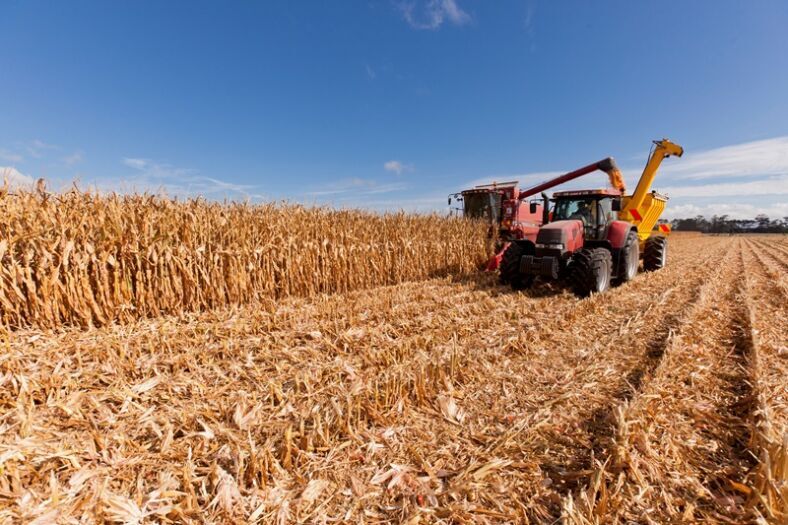
Articles
Maize grain for sheep

Energy is the most likely nutrient to be lacking in sheep's diet. Maize grain is an excellent supplement, with every kilogram fed providing up to three times the amount of energy contained in pasture silage. Maize grain contains higher energy levels than other grains (barley, wheat or oats) and most commercially-available sheep pellets. There is no need for maize grain to be processed prior to feeding and it can be fed on the ground with relatively low wastage.
There are a number of different ways maize grain can deliver benefit in sheep systems:
- Filling feed gaps. Maize grain can be used to provide extra energy when pasture growth rates are lower than expected. A number of sheep farmers fed maize grain to help build up pasture cover after last summers' drought.
- Flushing ewes. Strategic supplementation of ewes in the late-summer to early-autumn can increase ovulation rates and lambing percentage.
- Twin or triplet-bearing ewes. Ewes carrying multiple lambs have a higher energy requirement than single-bearing ewes. Maize grain is a highly concentrated form of energy which can be used to increase energy intakes during late pregnancy and throughout the lactation.
- Increasing lamb growth rates. Grain can be used to increase lamb growth rates to take advantage of schedule premiums for earlier and/or heavier lambs.
Getting sheep started on maize grain
Getting sheep to eat grain can be challenging especially if they have access to a reasonable amount of pasture or they have not been fed grain before.
- Where possible include some sheep in the mob which have eaten grain before. This encourages the unexperienced sheep to try the grain.
- Start by feeding a small amount of grain and consider adding salt (3 kg per 100 kg grain fed) or molasses as an attractant.
- Where possible feed lambs a small amount of grain prior to weaning. Lambs that see their mothers eating grain are more likely to eat grain sometime down the track.
Feeding guidelines
To avoid the risk of acidosis (grain overload) any feed containing high levels of starch (e.g. grain) or sugar (e.g. molasses) should be introduced gradually.
• Make sure the entire mob has access to the feed. This avoids the risk of individual animals consuming high amounts.
• Start by feeding a small amount e.g. 50 g/head/day (5 kg/100 ewes) for 10 days and then gradually increase the amount fed.
• Ewes can safely be fed up to 500 g maize grain per day provided it is introduced gradually and fed in conjunction with an equal amount of a good fibre source (e.g. pasture, straw, silage or hay). The fibre stimulates cud chewing and the release of saliva which helps neutralise the acid formed from breakdown of the grain by rumen microbes.
• Grain is low in calcium and sodium. Consider adding 1.5 kg of finely ground agricultural lime for every 100 kg of maize grain fed and place salt licks in the paddock.
Maize grain provides sheep farmers with an alternative supplementary feed option. For more information on any aspect of feeding maize grain or silage contact 0800 PIONEER (0800 746 633).
